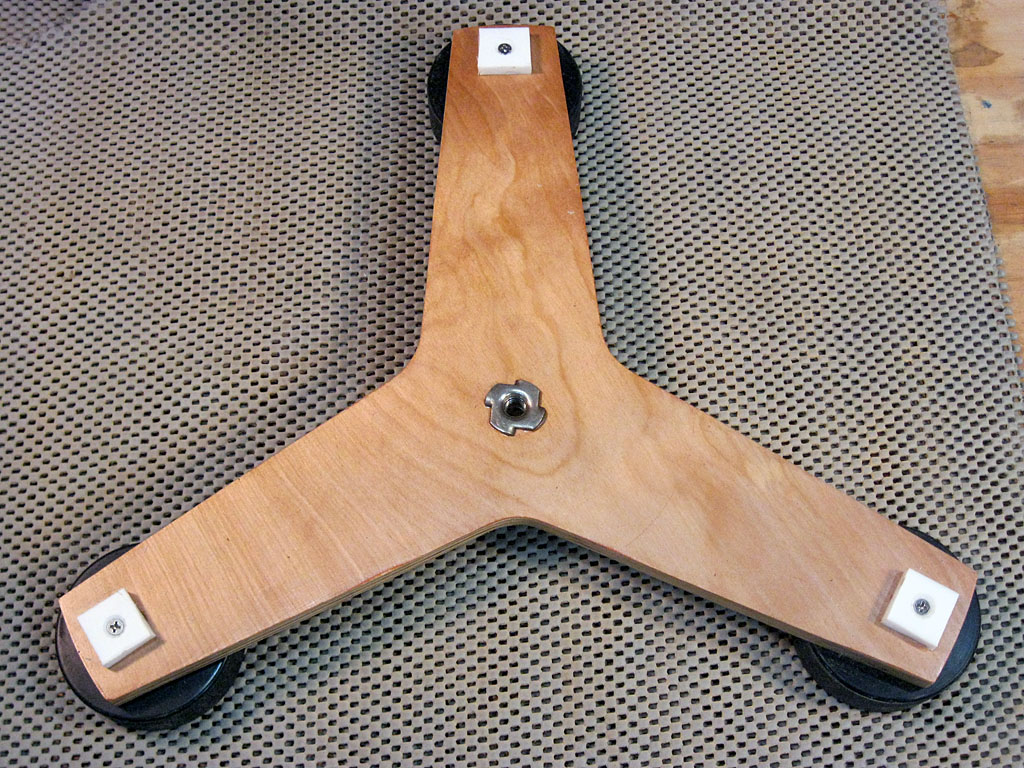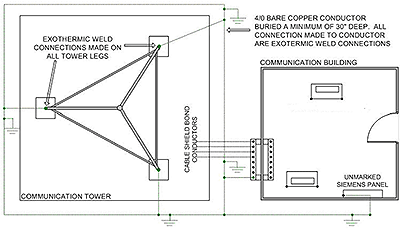Grounding Triad
Grounding triad is an important aspect of electrical systems, yet it is often overlooked. Many people are not aware of its benefits and importance. In this blog post, we will explore grounding triad in detail and discuss its target in electrical systems.
The Pain Points of Grounding Triad
Without proper grounding triad, electrical systems can experience a range of issues, including power surges or even electrical fires. These issues are not only costly but can also pose a serious safety hazard. Additionally, a lack of grounding can lead to interference with other electronic systems, causing equipment malfunction and downtime.
The Target of Grounding Triad
The main target of grounding triad is to ensure electrical safety. Grounding provides a direct path for electrical currents to flow into the earth, preventing electric shock and other hazardous situations. It also stabilizes the voltage levels and prevents equipment damage from power surges. In summary, the purpose of grounding triad is to provide a safe and stable environment for electrical systems.
Main Points on Grounding Triad
To summarize, grounding triad is a vital aspect of electrical systems that ensures safety and prevents costly equipment damage. Proper grounding provides a path for electrical discharge and stabilizes voltage levels. This is achieved through the use of grounding rods, clamps, and connectors.
Personal Experience with Grounding Triad
During my time as an electrician, I have encountered numerous situations where a lack of proper grounding has caused issues with electrical systems. One example is a residential home with inadequate grounding, causing frequent power surges and equipment damage. After implementing a proper grounding triad, the issues were resolved, and the homeowner could rest easy knowing their electrical system was safe and stable.
How to Implement Grounding Triad
Grounding triad can be implemented in several ways, depending on the specific electrical system. The most common method is the use of grounding rods, which are typically made of copper or galvanized steel. These rods are driven into the earth and connected to the system through clamps and connectors. Additionally, grounding wires should be installed in all electrical equipment to provide a path for excess electrical discharge.
The Importance of Proper Installation
Proper installation of grounding triad is crucial for its effectiveness. For example, grounding rods should be installed at a depth of at least eight feet to ensure proper contact with the earth. Additionally, the connections between the rods and clamps should be tight and secure to prevent corrosion or other damage over time. It is recommended to have a professional electrician perform the installation to ensure proper grounding.
The Benefits of Grounding Triad
Grounding triad provides several key benefits, including electrical safety, stable voltage levels, and equipment protection. It prevents power surges and interference with other electronic systems, leading to less downtime and increased productivity. Additionally, proper grounding can extend the lifespan of electrical equipment and reduce the need for costly repairs or replacements.
Question and Answer
Q: What is the difference between grounding and bonding?
A: Grounding refers to providing a path for excess electrical discharge, while bonding refers to connecting metal objects to prevent electrical shock. Both are important aspects of electrical safety and should be implemented together.
Q: Can grounding triad prevent electrical fires?
A: Yes, proper grounding can prevent electrical fires by providing a direct path for electrical discharge and stabilizing voltage levels.
Q: What are the consequences of not having proper grounding triad?
A: Without proper grounding triad, electrical systems can experience power surges, equipment malfunction, and even electrical fires. Additionally, there is a risk of electrical shock and injury.
Q: Can grounding triad be retrofitted into an existing electrical system?
A: Yes, grounding triad can be retrofitted into an existing electrical system. However, it is recommended to have a professional electrician perform the installation to ensure proper grounding.
Conclusion
Grounding triad is a crucial aspect of electrical systems that provides safety, stability, and protection for equipment. Proper grounding can prevent issues such as power surges, equipment malfunction, and even electrical fires. By implementing grounding triad, homeowners, and businesses can ensure a safe and stable environment for their electrical systems.
Gallery
Stellafane: The Ground Board

Photo Credit by: bing.com / ground board layout stellafane mount tm dob
Stellafane: The Ground Board

Photo Credit by: bing.com / ground board triad puck completed stellafane mount hockey feet dob tm
Electrical: Power Quality - Inadequate Grounding System Allows Costly

Photo Credit by: bing.com / grounding system electrical lightning earthing tower center safety copper power communications site
Proper Bonding | Vickery Lightning Protection

Photo Credit by: bing.com / bonding proper lightning protection
Chapter 1: Building And Service Entrance Grounding, Triad” Ground Rod
Photo Credit by: bing.com / grounding erico ground service triad rod practical electrical guide entrance
0 Response to "Grounding Triad"
Posting Komentar